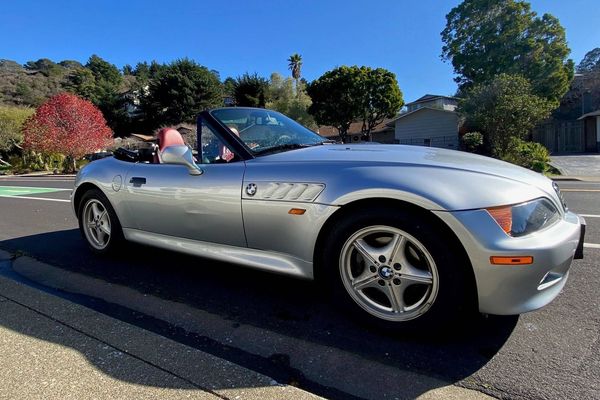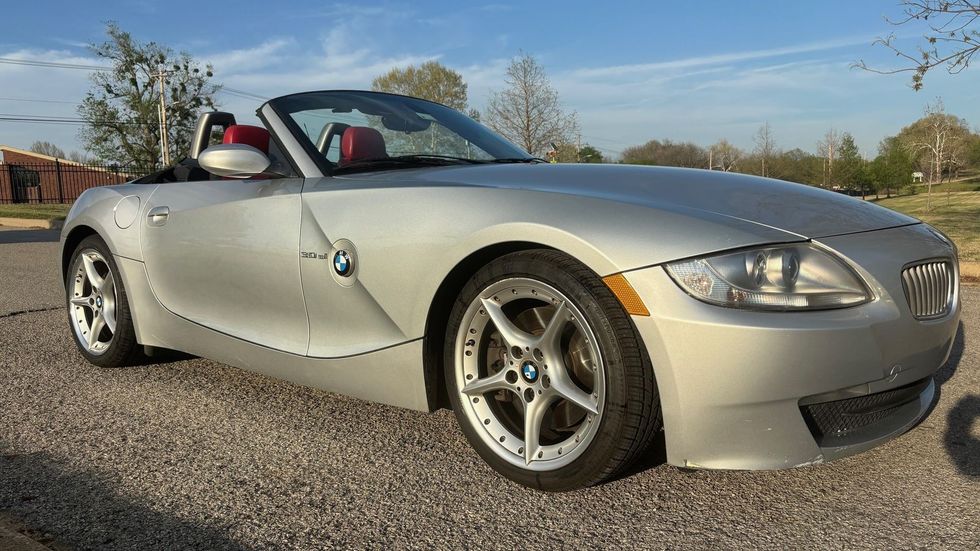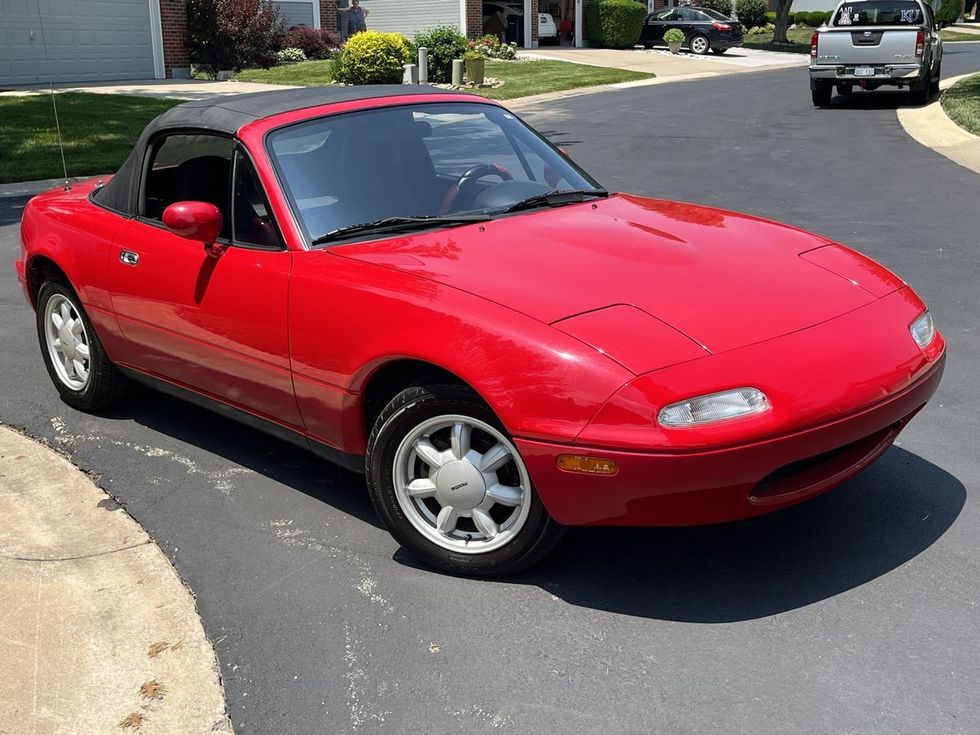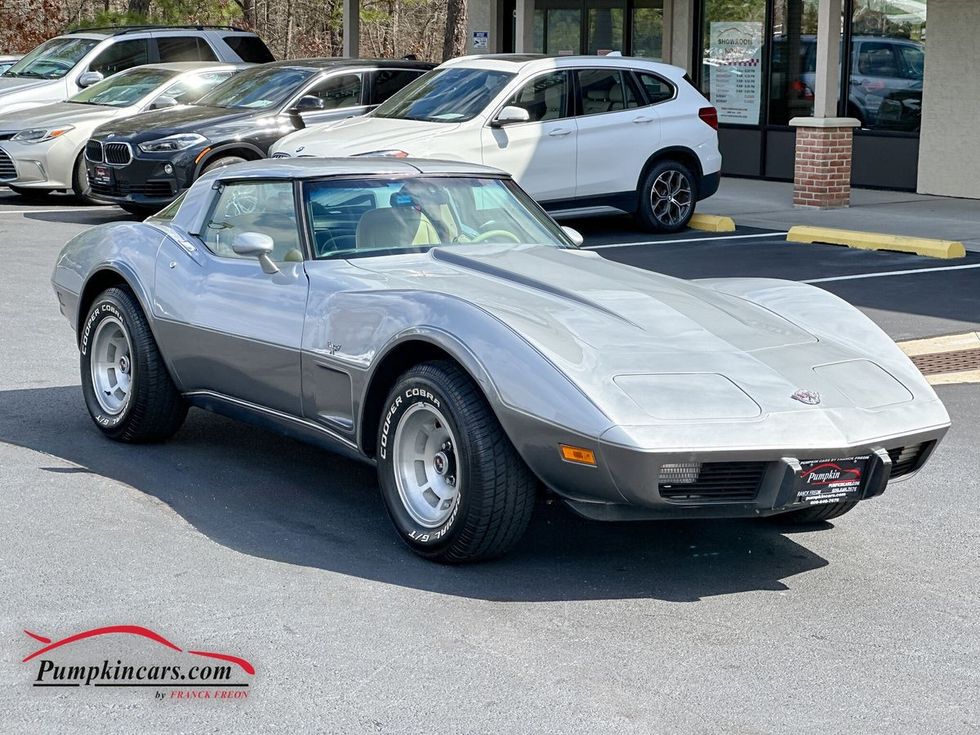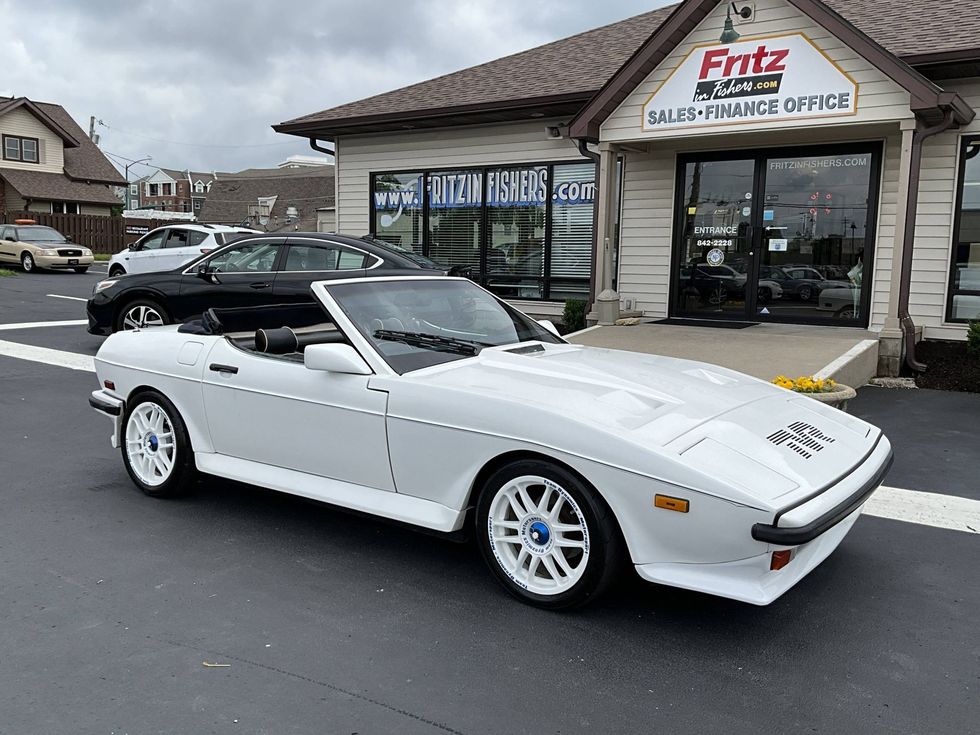Chrysler’s introduction of the Airflow in 1934 pioneered many firsts in the automobile industry. Its wind-tunnel-tested aerodynamic shape was unprecedented in a production car. It’s all-steel construction with a cage-like structure for the body, likewise, had yet to be manufactured on such a scale. Its innovative use of space included moving the engine over the front axle instead of entirely behind it and shifting the rear seat in front of the rear axle instead of over it. Chrysler advertising pulled out all the stops, extolling the Airflow’s virtues as “one master stroke of engineering,” including such copy as “The new Airflow Chrysler opens whole new horizons of motoring.”
Hyperbole may have the order of the day at the ad agency, but it’s more than fair to say that Chrysler’s Airflow was truly a revolutionary car. Initial public reception was positive, but production delays and quality issues with early examples ultimately turned consumers off. First year sales in 1934, including Imperial models, topped 10,000, but fell to under 8,000 in 1935, then to just over 6,000 in 1936, despite auto sales growing over that period as the economy was starting to recover from the Great Depression. The final year in 1937, with the Imperial line once again relegated to Chrysler’s more traditional designs, saw just 4,600 cars sold, including 230 two-door coupes, which makes this restored 1937 Chrysler Airflow Coupe, now on Hemmings Auctions, an exceedingly rare specimen.

Engineering Innovations
With the engine moved forward and the people all riding between the axles, Airflow’s weight distribution, when loaded with passengers, was very nearly 50/50, which aided with handling and ride quality. While many cars offered space for five, with two passengers up front and three in the rear, Airflow was designed to accommodate three adults in each row. Its front passenger seat was also adjustable.
Chrysler offered the Airflow in two- and four-door versions and on multiple wheelbases, but there were no open-top convertible models, so all doors were fully framed around the windows. And those doors opened very wide and tall, allowing for some people wearing hats to keep them on their heads when entering the car. The seats had exposed, chrome-plated tubular steel frames, giving them the appearance of airline seats.

Aerodynamic, All-Steel Body
But the most obvious innovation remains the Airflow’s wind-tunnel-tested design. Chrysler engineers actually contracted with Orville Wright to build a scale wind tunnel in the late 1920s. Those engineers determined that a conventional car of the period driven backwards was more aerodynamic than driven forward. While the Streamline Moderne design movement was having a tremendous effect on the automobile industry, the lines of the Airflow were more scientifically developed than artistically. The recessed headlights, flush with the fenders were another major design departure from other contemporary automobiles. Chrysler noted the car’s aerodynamic efficiency helped with economy and the company achieved a AAA-sanctioned production-car fuel-efficiency record.
Chrysler boasted that the all-steel unibody-like construction provided added safety and famously demonstrated its strength in two very public stunts. During a demonstration at the Chicago World’s Fair in 1934, a stunt driver deliberately rolled an Airflow, damaging the roof, but all four doors and glass remained intact and operational. Chrysler also pushed an Airflow sedan off a 110-foot cliff at a rock quarry. Again, the car survived. Chrysler filmed both events, and narrated them for promotion. The enthusiastic voice accompanying the cliff-diving Airflow declared, “Nearly two tons of automobile flung down on its back as though by some mighty hand. No car ever was built to stand up under such terrific abuse. Not even an Army tank would be expected to take this punishment.” In both cases, the car was able to drive off under its own power, underscoring the strength of the aerodynamic model’s all-steel construction.

Chrysler did offer a straight-six in some of its other models, but all Airflows were powered by L-head inline-eight engines. In the 1937 Airflow, this 324-cu.in. engine, with 6.2:1 compression, was rated at 130 horsepower and 250 lb-ft of torque, the latter peaking at just 1,600 rpm, making the most of the big eight’s smoothness. Chrysler boasted of a top speed of 90 mph for the streamlined model. Airflow collectors today have themselves shared stories of long, steady drivers on interstate highways, comfortably cruising at 75 mph. Notably, the Airflow was the first American car to use Borg-Warner’s automatic overdrive, which was standard from 1935 on.
The history of the Airflow includes the notion that the Airflow was supposed to be a De Soto-only model, but Walter Chrysler insisted on a version from his flagship division, which resulted in plenty of last-minute work to get the car into production. This change led to manufactruing delays as well as some rushed examples getting to market with quality issues. The double whammy of delays and defects led to the Airflow coming out of the gate with a negative reputation.

Chrysler had hedged its bets, selling more conventional models alongside the Airflow. Those cars ended up doing much better on the market. In 1935, it introduced the Airstream line, a somewhat streamlined take on those conventional models. The Airstream also sold better than the Airflow, though the similar name certainly muddled the message with consumers. By 1937, Airflow sales had slowed to a trickle and Chrysler pulled the plug entirely on its aerodynamic experiment at the end of the model year.
Now available on Hemmings Auctions, this 1937 Chrysler Airflow Coupe is one of just 230 such two-door models manufactured that year, making it one of the rarest Airflow models that did not carry the Imperial name. The listing includes notes that the car was refinished in 2013 and that it idles, runs and shift well. The photos indicate a very clean presentation, including the interior upholstery.

The design of this two-door Airflow is unmistakable, bordering on unique when considering the low volume when new. Head on over to Hemmings Auctions to get a closer look at this rare ’37 Airflow.

